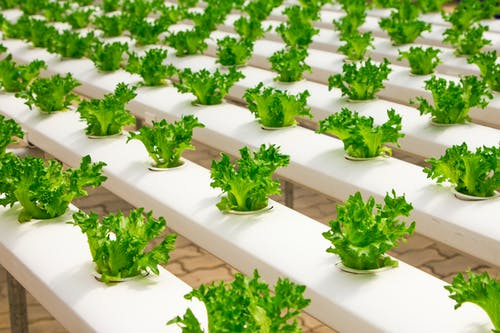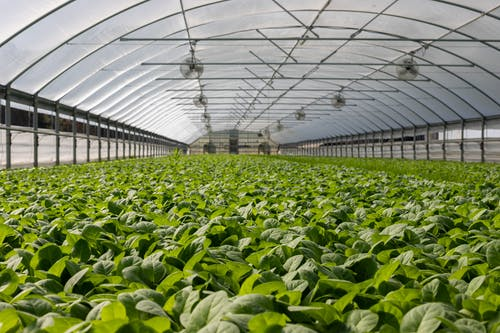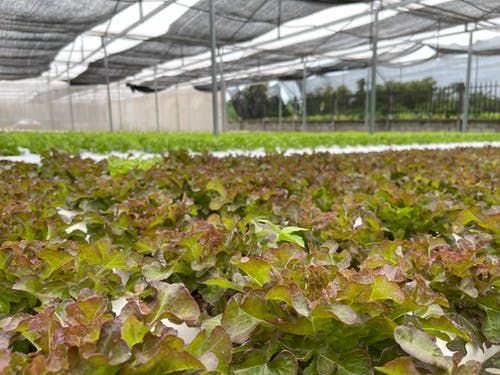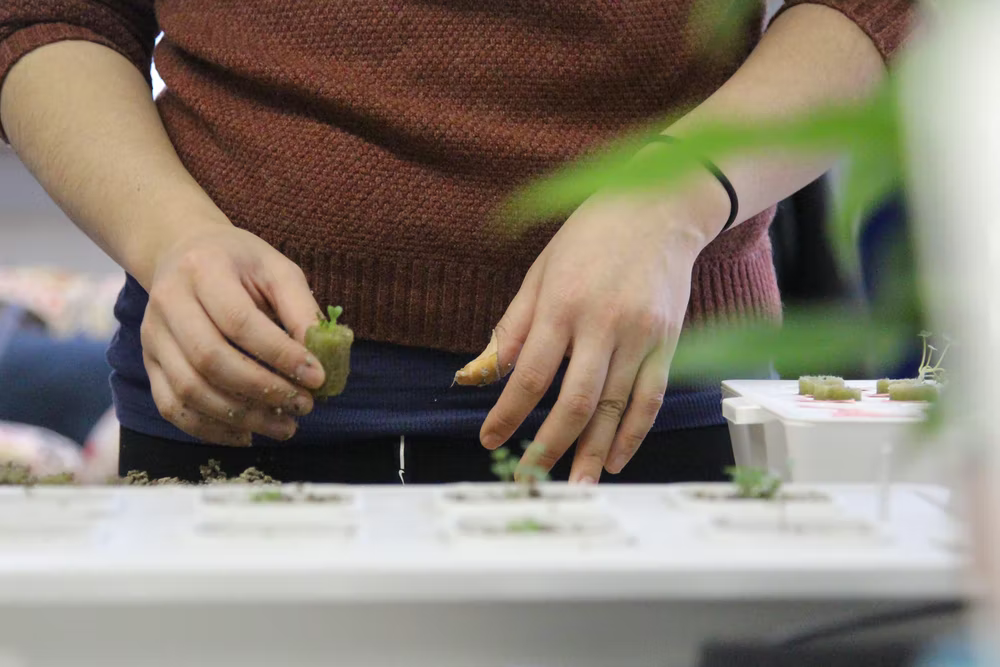As the Earth’s population grows exponentially, we’ll face increased stress on many scarce resources. Many experts believe the Earth has a maximum support capacity of nine or ten billion. Currently, the human population stands around 7.9 billion people. The UN estimates that over ten billion humans will populate the Earth by 2050. Naturally, this population expansion will heavily burden the Earth’s soil – our primary source of agricultural cultivation. In addition, it’ll also impact water reserves. As a result, there has been an increased effort to develop sustainable agricultural production methods to sustain Earth’s perpetually growing population. Hydroponics is something many experts believe to be the solution.
What is Hydroponic Gardening?
Hydroponic gardening is an agricultural method that makes growing crops without soil possible. Hydroponic gardening has become more popular recently because it helps conserve water. Experts estimate that hydroponic gardening can help save up to 90 percent more water than traditional agricultural methods.
Hydroponic gardening methods don’t house crops within the soil. Instead, they use a growing medium to deliver water to plants’ roots via water-based nutrient solutions. The growth medium supports the plants’ weight. In addition, it also makes nutrient solution and oxygen accessible to the plants’ roots.
Most hydroponic gardening occurs indoors because it’s easier to control variables like air and lighting.

Parts of a Hydroponic Gardening System
Here are the parts of a hydroponic gardening system. They include:
Grow Tray
The grow tray is a fundamental part of the hydroponic gardening system. Gardeners usually use these trays for housing the plants.
Growing Medium
The growing medium assumes the role of the soil in a typical garden. The growing medium is pivotal to the hydroponic gardening system because it anchors the plants’ roots. In addition, the growing medium also ensures the plants receive the necessary nutrition. Growing mediums often use different soil substitutes, including vermiculite, coconut fiber, peat moss, clay pellets, sand, perlite, mineral wool, etc.
Reservoir
Typically, you’ll find the reservoir underneath the grow tray. The reservoir is necessary to the hydroponic gardening system because it holds water and dissolved nutrient solutions. Most dissolved nutrient solutions are nitrogen-based. Hence, controlling their delivery system is crucial. Most hydroponic systems use an ebb and flow system to deliver the nutrient solutions to the plants’ roots.
Water Pump
Most hydroponic growing systems also feature a submersible water pump. These water pumps are usually in the reservoir to power the hydroponic nutrient delivery system.
Air Pump
Controlling the air is crucial when growing hydroponic plants. Therefore, hydroponic gardening systems utilize air pumps to maintain the right air conditions. Growing plants typically absorb carbon dioxide for growth. In exchange, they emit oxygen. Air pumps help regulate the amount of carbon dioxide in the air.
Grow Lights
Lighting is another crucial factor to control in hydroponic gardening systems. Indoor plants require the same ultraviolet rays as outdoor plants for growth. Hence, you’re likely to find grow lights – also known as sun lights – in hydroponic gardening systems. These grow lights mimic the sun, providing light to soilless indoor plants.

Benefits of Hydroponic Gardening
Hydroponic gardening is becoming more popular because it provides immense benefits. These include:
Conserves Water
It might seem counterintuitive that hydroponic gardening saves more water than traditional growing methods, particularly considering hydroponic gardening grows plants in water. However, research indicates that hydroponic plants can save more than 98 percent water than traditional agricultural methods.
Conserving water is crucial for several reasons. The World Health Organization published a report in 2019 stating only 71 percent of the world’s population has access to clean drinking water. In addition, the report noted that approximately half the world’s population would be living in water-stressed areas by 2025. Contrary to popular belief, these water-stressed areas won’t be only in developing countries. Instead, some US states like California are already on the verge of becoming water-stressed areas.
Furthermore, as the world’s population increases, so does food production. Increased food production consumes more water, meaning water resources are further stretched thin. Hence, hydroponics is a crucial way to preserve water if we are to provide enough food to feed a growing population.
Higher Yields
Hydroponic gardening systems make it easier for farmers to control the growing conditions. They can adjust the lighting, air, water, and other factors to build the perfect growing conditions for plants to thrive. Research shows hydroponic plants yield at least 30 percent more than their soil-grown counterparts.
Less Labor Necessary
The biggest advantage of hydroponic gardening systems is arguably they eliminate the need for weeding, tilling, and other labor-intensive jobs. Hydroponic gardening systems ease the burden off manual laborers, meaning they require fewer working hours. As a result, not only do hydroponic gardening systems lower labor working hours, but they also lower labor costs. A single worker can generally manage a small hydroponic greenhouse themselves.
No Soil Required
It might seem like a strong notion, but the reality is that the world is losing workable soil annually. Experts warn that we’ll run out of workable topsoil in approximately forty to sixty years. According to studies, the world has already lost half its workable soil due to erosion, compaction, degradation, and salinity in the past 150 years.
Furthermore, you must also consider soil quality and variation from location to location. Some plants, for instance, require specific soil types to grow. As a result, farmers employing traditional agricultural methods can only grow specific crops in their area. Hydroponic gardening systems can eliminate these problems, enabling farmers worldwide to grow whatever crops they want without worrying about soil preference or quality.
Crops Grow Quicker
Research shows that hydroponic plants also grow quicker than their soil-grown counterparts. Hydroponic-grown plants typically grow 30 to 50 percent faster than plants in soil because hydroponic delivery systems make it easier for plants to absorb nutrients. In addition, you can control various elements like heat, air, light, hydration, pests, etc. As a result, hydroponic gardening results in larger, higher-yielding plants.

Live Sustainably with AvailableGoods
People are increasingly looking for sustainable green living spaces. If you’re looking to find an eco-friendly community in an urban space, AvailableGoods can help you. AvailableGoods is dedicated to providing sustainable living for everyone. You can learn more about us by visiting our Instagram page. In addition, feel free to visit our website today to learn more. Alternatively, contact us to get started.


